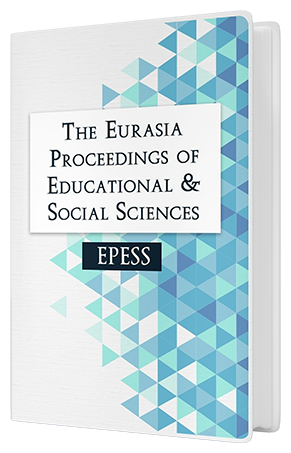China’s Impact on the US Dollar Exchange Rate
DOI:
https://doi.org/10.55549/epess.1412819Keywords:
China, US-China economic policy, Economic growth, US dollar, GlobalizationAbstract
This paper explores the ever-changing relationship between China and the United States, the world's two largest economies, with a particular focus on trade imbalances and their far-reaching implications. Providing a comprehensive historical context, the study sheds light on the significance of the CN-US economic relationship and its profound influence on the global economy. Tracing the trajectory of CN-US trade from its early beginnings of direct exchange to recent trade frictions and tariff disputes, the analysis examines the role of statistical errors in reported trade imbalances and dissects the intricate factors contributing to the trade deficit. Emphasizing the urgency of a balanced CN-US relationship, the study advocates for a harmonious blend of cooperation and confrontation, ensuring equality, mutual benefit, and peaceful coexistence. Furthermore, the paper delves into China's impressive economic growth, its potential to surpass the US economy, and the possibility of the Chinese yuan replacing the US dollar as the global reserve currency. The paper concludes by underlining the critical importance of maintaining a stable and cooperative relationship between the two nations to steer global development in a positive direction. By addressing trade imbalances and fostering a collaborative approach, China and the United States can pave the way for a more equitable and prosperous global economic landscape. As the world watches the unfolding of this pivotal economic relationship, understanding its complexities is essential for policymakers and stakeholders alike.Downloads
Published
Issue
Section
License
Copyright (c) 2023 The Eurasia Proceedings of Educational and Social Sciences

This work is licensed under a Creative Commons Attribution-NonCommercial-ShareAlike 4.0 International License.
The articles may be used for research, teaching, and private study purposes. Any substantial or systematic reproduction, redistribution, reselling, loan, sub-licensing, systematic supply, or distribution in any form to anyone is expressly forbidden. Authors alone are responsible for the contents of their articles. The journal owns the copyright of the articles. The publisher shall not be liable for any loss, actions, claims, proceedings, demand, or costs or damages whatsoever or howsoever caused arising directly or indirectly in connection with or arising out of the use of the research material. All authors are requested to disclose any actual or potential conflict of interest including any financial, personal or other relationships with other people or organizations regarding the submitted work.




